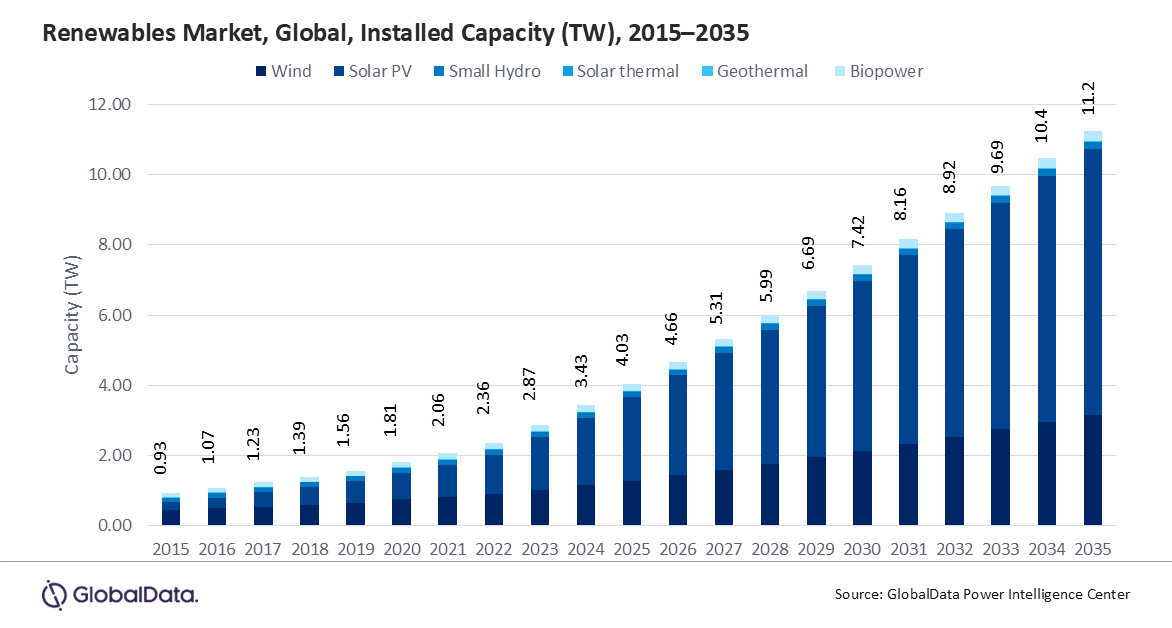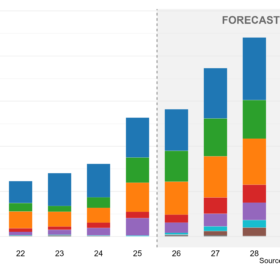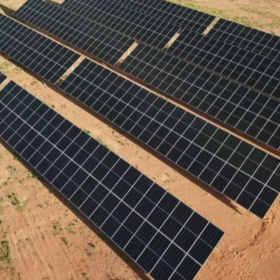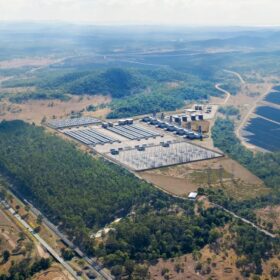The world is forecast to have installed 7.6 TW of solar by the end of 2035, according to figures from London-based data analytics and consulting company GlobalData.
The figure comes from the company’s latest report, Renewable Energy: Strategic Intelligence, which projects global installed capacity of all renewables will surge from 3.24 TW in 2024 to 11.2 TW by 2035, with solar accounting for the largest share of installed power.
Additional figures from GlobalData, shared with pv magazine, project the world’s cumulative solar capacity will reach 2,378 GW by year-end and rise to 2,849 GW by the end of 2026. Longer-term predictions from the company show global solar capacity exceeding 4.8 TW by the end of 2030, nearing 6 TW by the end of 2032 and surpassing 7 TW by 2034.
GlobalData said the continued growth of renewables deployment will be driven primarily by declining costs and strong policy support, particularly for solar and wind. Rehaan Shiledar, senior power analyst at GlobalData, noted that energy transition strategies, coupled with a rising demand for electricity partly fueled by the emergence of hydrogen energy and the advent of artificial intelligence, will also drive market growth.
“The renewable energy sector stands on the cusp of substantial growth, with the solar PV and wind power industries at the forefront,” Shiledar said. “Moreover, the worldwide pledge to curtail carbon emissions has cultivated a regulatory landscape conducive to investments in these sustainable energy alternatives.”
GlobalData also said the pace of investment in wind projects is expected to surpass solar, but total PV investment will remain higher, topping $464 billion (USD 300 billion) per year through the end of the decade.

Shiledar acknowledged that solar and wind are anticipated to dominate electricity generation in the near future, but noted that tariffs and offshore wind lease restrictions policy by the United States government already significantly affect the renewables industry.
“Nonetheless, the global commitment to reduce carbon emissions, technological advancements, and demand for cleaner energy solutions will accelerate the adoption of renewable energy across the globe,” concluded Shiledar.
This content is protected by copyright and may not be reused. If you want to cooperate with us and would like to reuse some of our content, please contact: editors@pv-magazine.com.








By submitting this form you agree to pv magazine using your data for the purposes of publishing your comment.
Your personal data will only be disclosed or otherwise transmitted to third parties for the purposes of spam filtering or if this is necessary for technical maintenance of the website. Any other transfer to third parties will not take place unless this is justified on the basis of applicable data protection regulations or if pv magazine is legally obliged to do so.
You may revoke this consent at any time with effect for the future, in which case your personal data will be deleted immediately. Otherwise, your data will be deleted if pv magazine has processed your request or the purpose of data storage is fulfilled.
Further information on data privacy can be found in our Data Protection Policy.